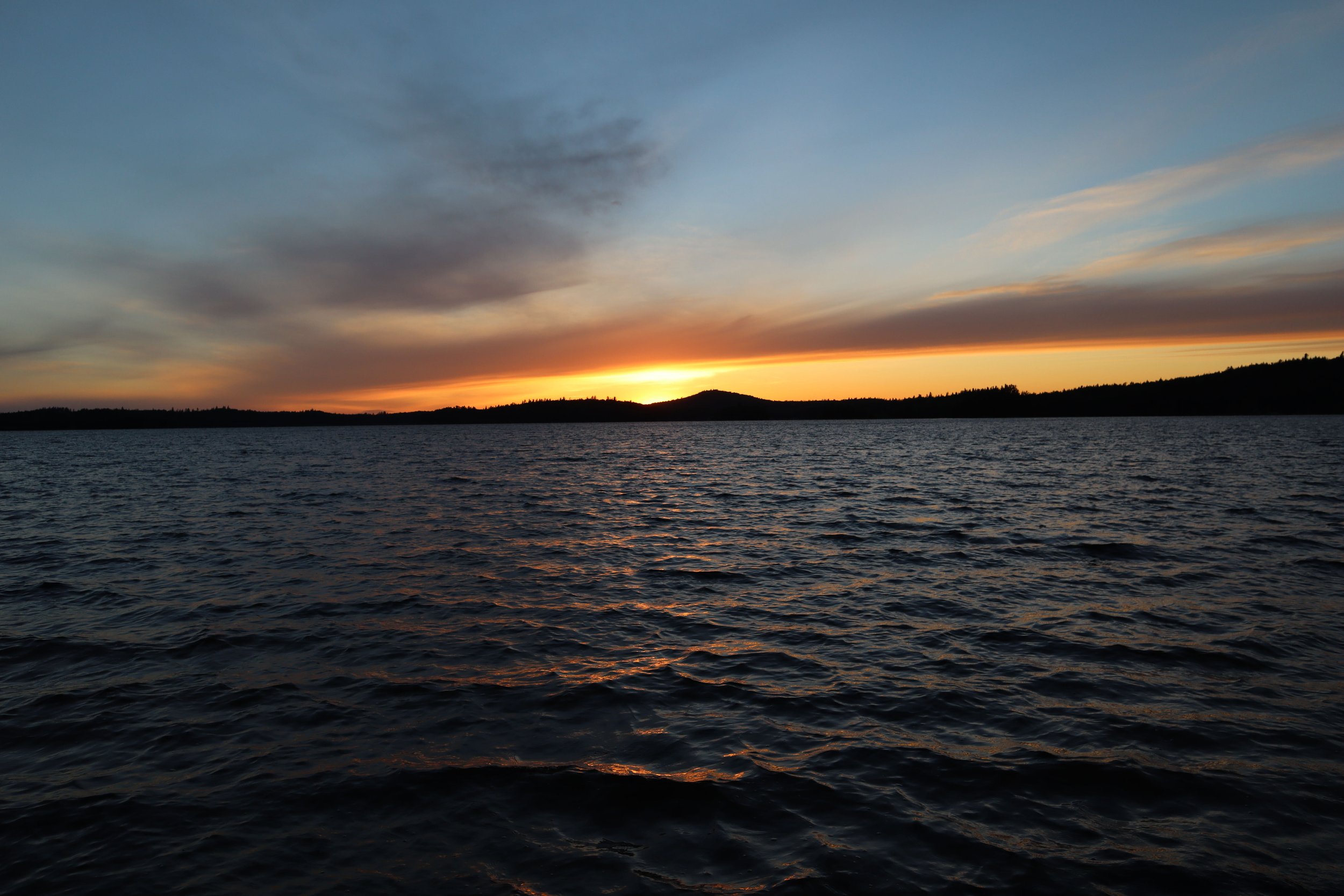Connecting Community with Clean Water
There’s no shortage of places to explore in the Adirondacks. The Adirondack Park consists of more than 3,000 lakes and ponds, and over 30,000 miles of rivers and streams. I’ve been fortunate to have spent much of my life within an hour of the Adirondack Park, exploring these waters and the woods that surround them. My childhood home was located next to our town’s water treatment facility. I remember as a kid exploring the property with friends every chance that we could. We’d wait for the workers to leave for the day and sneak onto the property, looking at all the massive pipes and holding tanks. We’d wonder what happened inside the walls of the treatment facility, but in the meantime, we were happy to be catching frogs and salamanders in the pools of water nearby.
Visiting the Adirondacks is something I’ve done since I was a kid – a familiar story to many. We’d make the hour drive to Inlet and go for a hike or sit along the shoreline at a family camp. To me it wasn’t true love until high school. I’d take the opportunity to take a trip to the High Peaks region any chance that I had. The mountains had begun to take hold, dictating almost every decision I made for many years. After settling in the small mountain village of Saranac Lake, I began to feel a strong sense of community with the people and organizations that make living here so special. It was less about the mountains, and became more about the meals shared, and the stories spoken.
Sometime in recent years it became tradition to visit Middle Saranac for sunsets. It started with an evening place to swim, or in the spring, a place to paddle before the busy summer months. We started celebrating birthdays on the shoreline too; toes in the water, loons calling, and lots of laughter. I began to explore the shoreline, two-thirds of which is state owned. I swam to islands, familiarized myself with the local flora, and watched a flock of young mergansers grow. I hiked to the summit of Ampersand Mountain to get a better view of the lake that had become such a big part of my life. On my way home from visiting family, I would take the short walk from the road to take a swim or read a book. Like many of those who live or visit the Adirondacks, I became connected to a particular place.
I began to realize just how full circle my life had come, from those days dreaming about where my water came from, to experiencing it on an almost daily basis. I noticed just how much of an influence it had on my life. The work I do, my weekend hobbies, where I go to find space to clear my head – all grounded by Adirondack waters.
When I think of clean water my mind usually jumps to Middle Saranac. I think of the innovation of years past, the dams that have created many of the large lakes in the Adirondacks. As much as I love hearing the call of the loon or watching the silhouette of a blue heron cascade across the sky, when I now think of clean water, I think of our community. It’s healthy people, it’s good jobs and opportunities, it’s recreation. Although the Adirondacks aren’t often thought of as a birthplace of industry, many years of logging, tanning, paper production, and mining took a toll on the waters of the region. As forests and shorelines became depleted, the discharge of pollutants from factories and tourist establishments began to rise. Growing concern across the nation led to the creation of the Environmental Protection Agency (EPA), and the passing of bipartisan amendments to the 1948 Federal Waters Pollution Control Act that gave the recently created agency additional control over water quality. These amendments would become the Clean Water Act, signed into law on October 18th, 1972. This year will be the 50th anniversary of the Clean Water Act, and it is something to be celebrated. However, it is also a gentle reminder of how far we still must go.
I’m grateful to live in an area where water is abundant and accessible. There are communities and people who are struggling for water equity and access in our own country and that cannot be forgotten. For us to create and sustain resilient and vibrant communities, we must prioritize our water resources. Whether it be by canoe, by boat, or on tap, clean water is our anchor.

